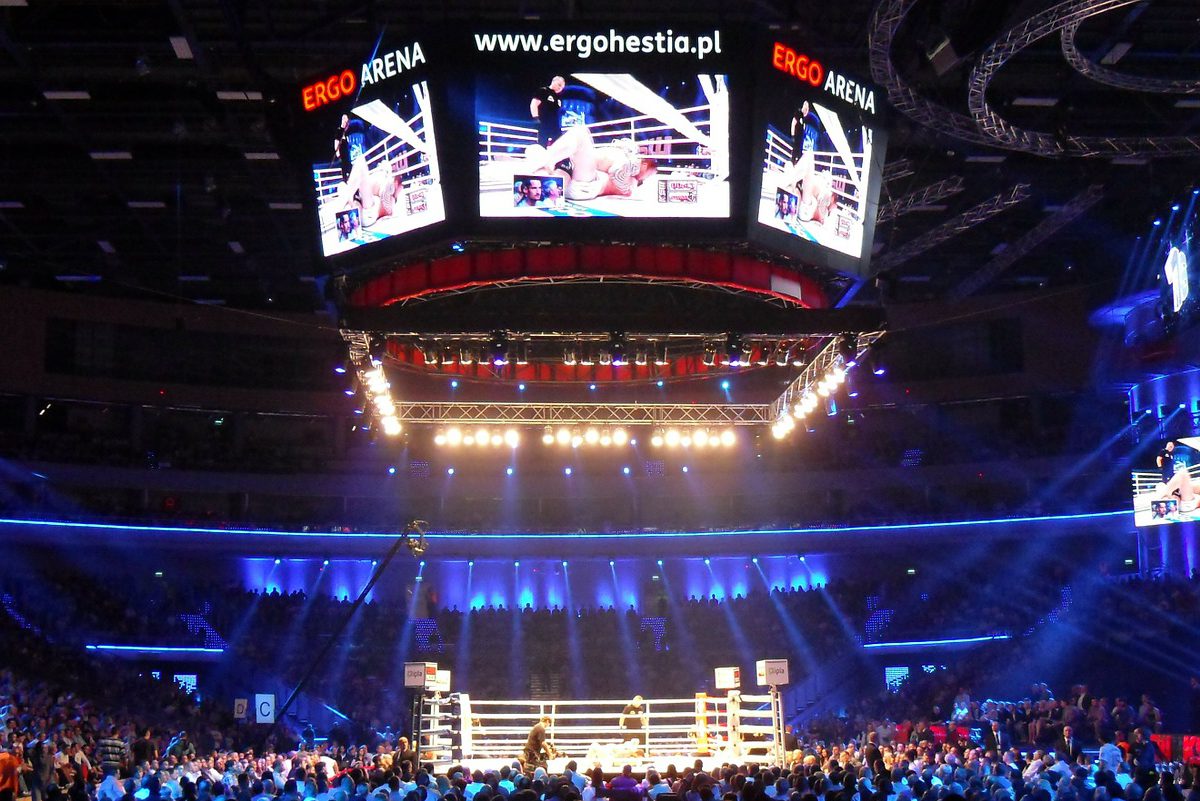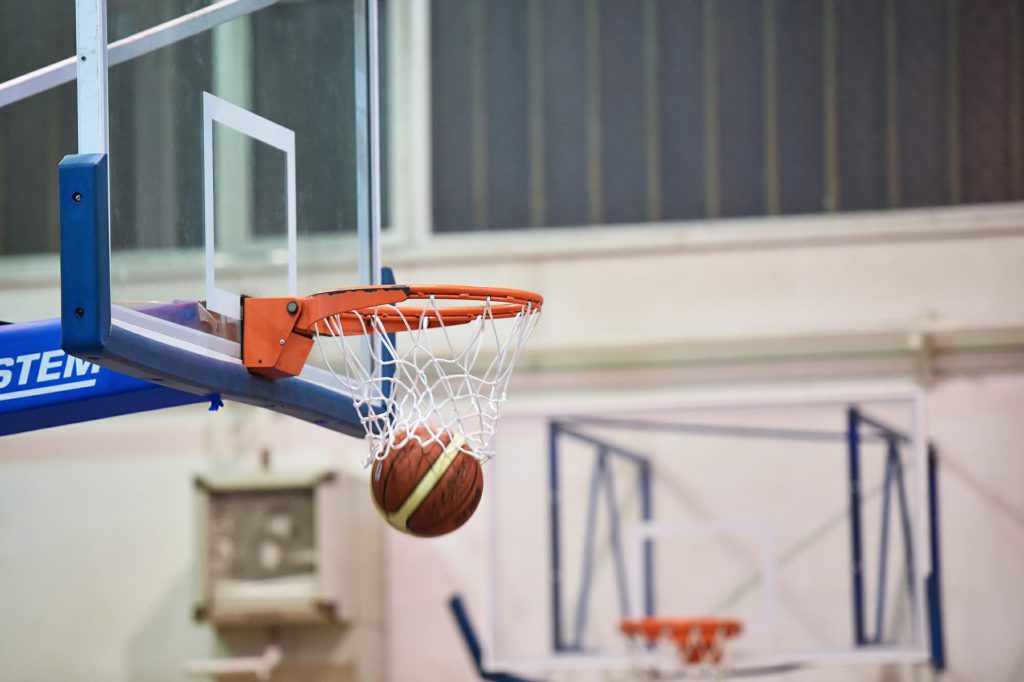
Home of the Fresno State Bulldogs’ men’s and women’s basketball teams, the Save Mart Centre is the premier multi-sport facility in Fresno County. The 15,596-seat arena is home not only to basketball but to a variety of other sports, such as volleyball and wrestling. While built for hockey, the arena is more than able to host many other sports, such as wrestling and volleyball. The multipurpose arena is also home to many other sports such as gymnastics and volleyball, and also to non-sports events.
The arena has hosted a few big-name events in music and sports, such as NBA basketball teams, NHL ice hockey, and WWE Raw, among others. In addition to musical events, Paris La Defense Arena has hosted sports events such as basketball games, rugby games, and Paris motocross. The list is mostly made up of arenas that house sports teams (basketball, ice hockey, and arena football) and function as indoor venues for concerts and exhibitions. With sizes from large to small, catering to every event planner’s needs, SPG breaks this down into the top seven indoor arenas in the Western U.S.
Located in Tulsa, BOK Centre (Bank of Oklahoma) is a 19,199-seat indoor arena built to host sports such as Arena Football, Basketball, Hockey, and more. Built-in Phoenix sports epicentre, Footprint Centre is a multipurpose arena with a storied 30-year history of hosting events. From 1961 until 1973, the Atlantic City convention centre was home to The Boardwalk Bowl, a postseason game featuring smaller college teams.
The venue’s original name was Duke Indoor Stadium, which at the time cost about $400,000 to build. The Coliseum opened in November 1960 as Jacksonville Coliseum, seating 11,000; it took two years to build and cost about $3 million. The Coliseum, Jacksonville’s first municipal arena, did not open its doors until the end of 1960, but that did not mean that Jacksonville was without a place to play indoor sports. The city has come a long way from having just two large indoor venues — and, indeed, before 1960, did not even have a municipal arena.
In 1971, Singapore’s basketball association called on the national sports promotion board, then the Singapore Sports Commission, now Sports Singapore, to construct a new indoor stadium, citing factors including aging infrastructure, a lack of supporting facilities, and a limited capacity. The first steps towards massive indoor stadiums came in 1965, with the opening of the world’s first domed sports stadium, the Houston Astrodome. The first modern stadium built to host the full gamut of Olympic events was built in 1908 in London. Then, in line with a revival in the Olympic games, a new one was built in Athens, Greece, at the site of the old Hippodrome.
In 2001, the court at that location was named Coach K Court, recognizing coach Mike Krzyzewski’s success in building a program that was primed for prosperity. Home to the Duke Blue Devils, Cameron Indoor Stadium is perhaps one of the most iconic basketball arenas in America, if not the world. Home to Duke’s blue-blooded rivals, Kentucky, Rupp Arena seats over 20,000 fans and is one of the largest arenas in college sports. A bucket-list destination for basketball fans everywhere, tickets to see a game at Cameron Indoor Stadium can be pricey and difficult to obtain – depending on the opponent the Duke Blue Devils are playing.

While the departure of Coach K will bring a new era of basketball to Cameron Indoor Stadium, there is little doubt this gymnasium will continue to serve as basketball’s refuge in years to come. Maybe it is the Tar Heel-blue seats filling up the arena, or perhaps it is that the G.O.A.T., Michael Jordan, once donned a North Carolina uniform–either way, Dean Smith Centre (Dean Dome) is a force to be reckoned with when it comes to college basketball. The intimacy, as well as the fact that Cameron Indoor Stadiums student sections (the Cameron Crazies) reach noise levels above 121 decibels, and fans will set up camps outside of the stadium in the weeks leading up to major games, just to make sure they have seats.
The smaller arena makes for more loud noise, fans are closer to the action, and as such, it is one of the more difficult environments in which to play in all of basketball. It is not indoor soccer, as games played in domed stadiums are the same as those played in outdoor stadiums. In the modern-day NFL, different teams built domed, indoor stadiums which remove the pressure from the outside world. Modern indoor arenas are glossy, futuristic constructs; with highly technical athletic tracks and purpose-built on-field facilities, set within arenas with full-capacity seating.
Shea Stadium in New York, the home of the Mets, is also multi-tiered, with covered seats for spectators which can be revolving around the field, to enable a transformation from a baseball park to a soccer stadium. The 300,000-square-foot structure is the third largest in college basketball, holding nearly 22,000 spectators. The home of the Duke men’s and women’s basketball teams would qualify as an arena, but the facility is called Cameron Indoor Stadium. The historic building features displays of basketballs and shoes you can touch, giving a glimpse at just how large Duke players are in real life.
Over more than four decades, the Coliseum has hosted five professional hockey teams, two basketball teams including ABAs short-lived Floridians in the 1970s, an indoor soccer team, and an arena soccer team. There is also an indoor American soccer game (one variation of which is known expressly as Arena Soccer), a variation of an outdoor game designed to fit on the typically smaller playing surfaces found in most arenas; variations exist for other traditionally outdoor sports, including indoor box lacrosse, and indoor soccer as well.




